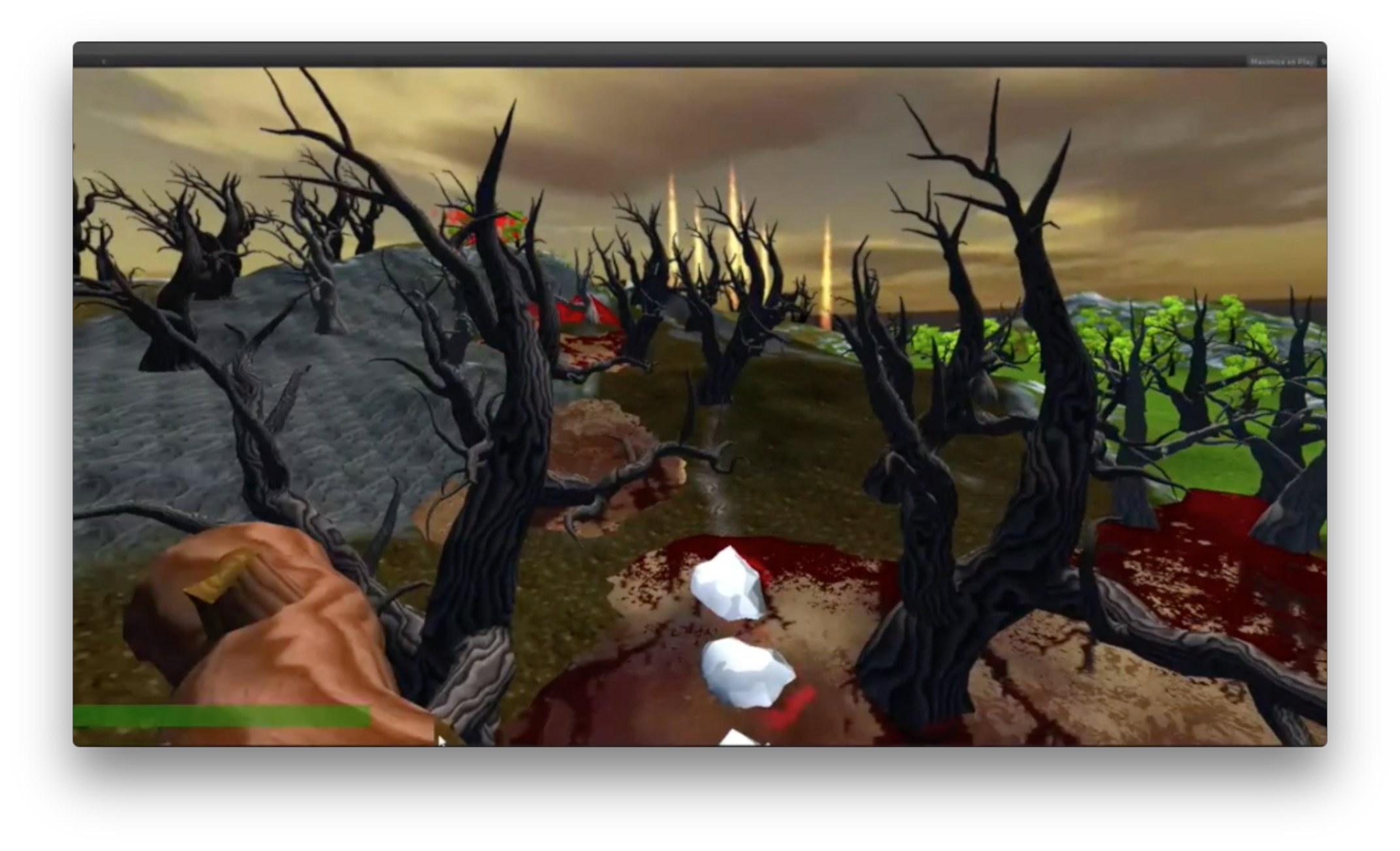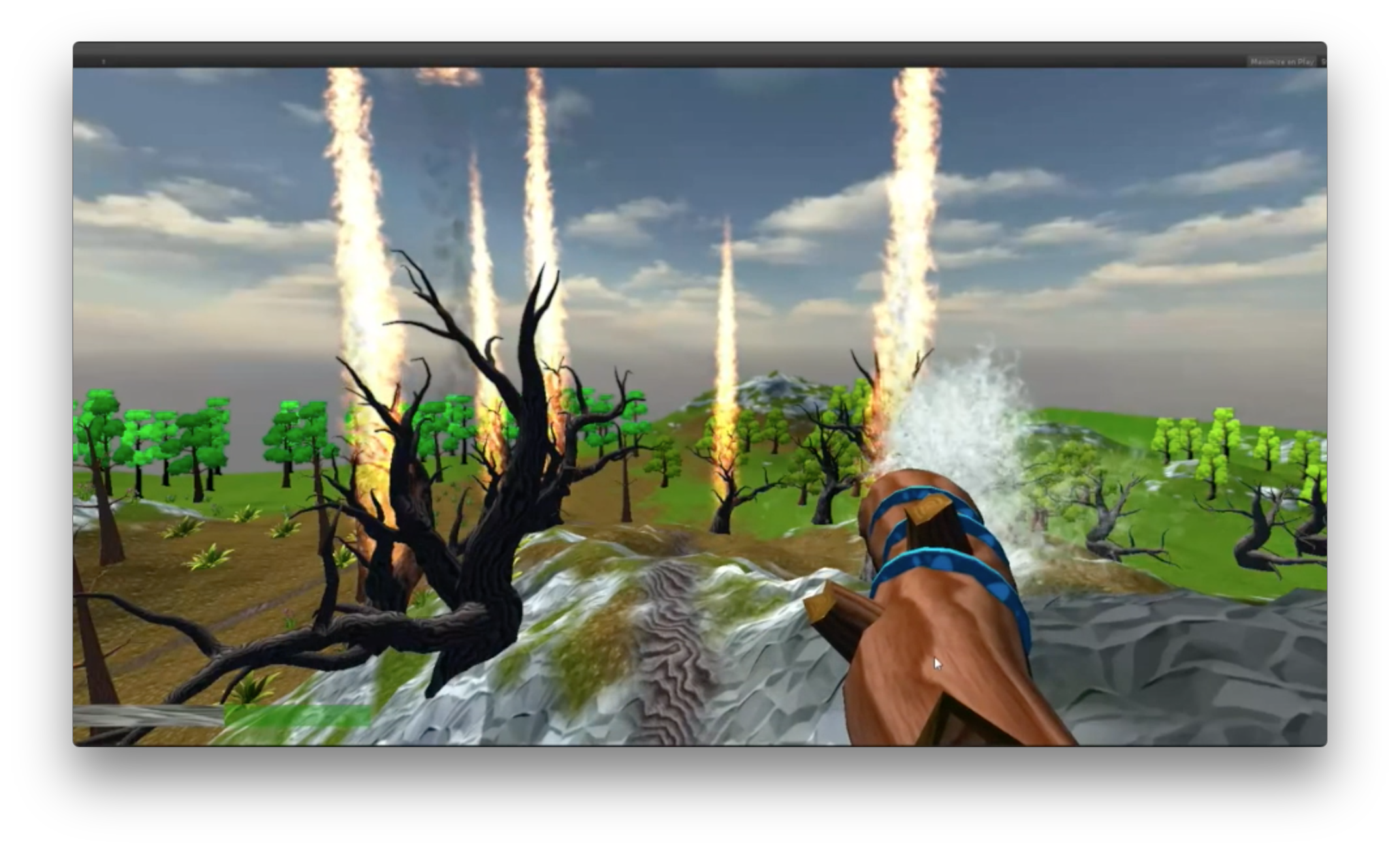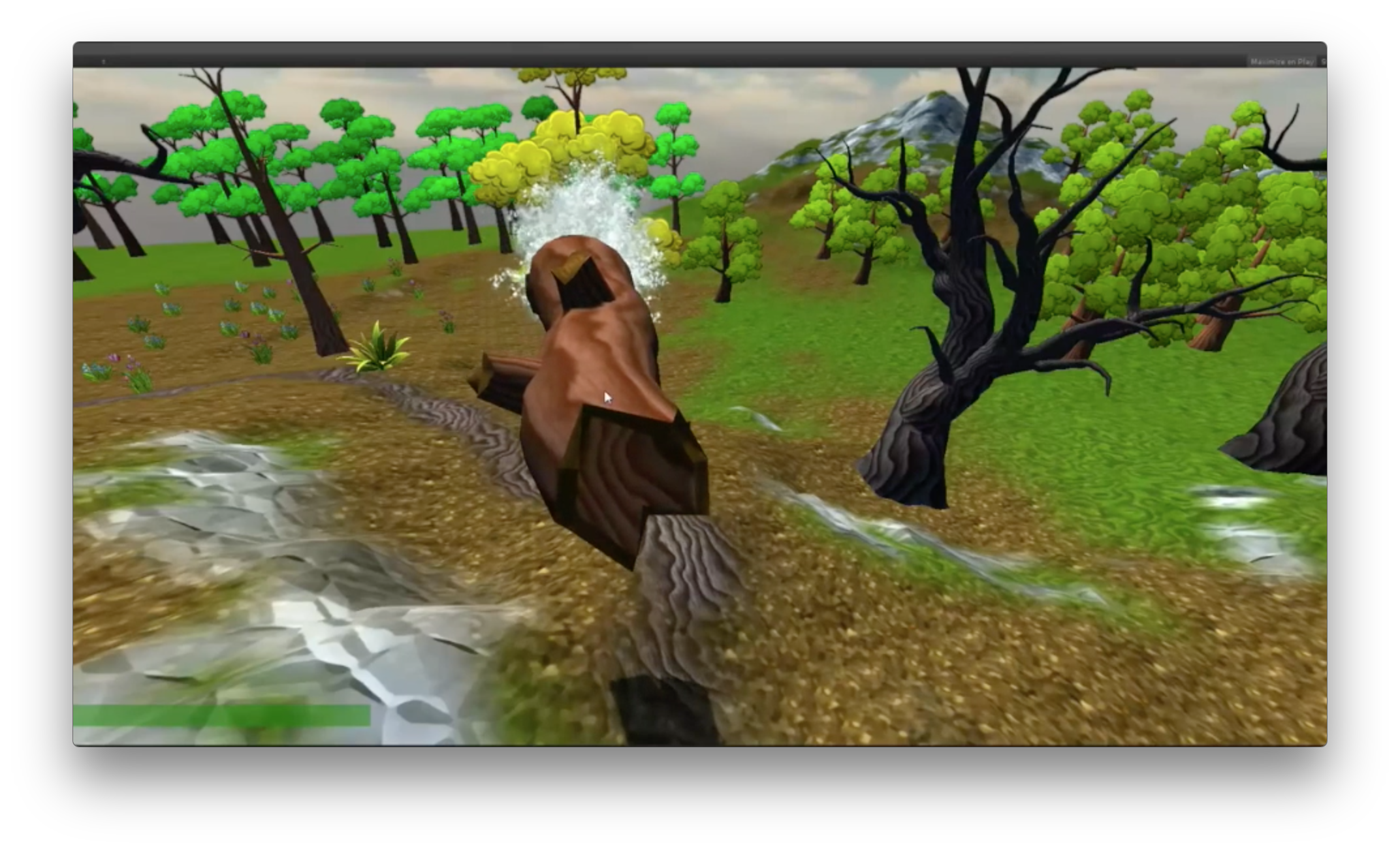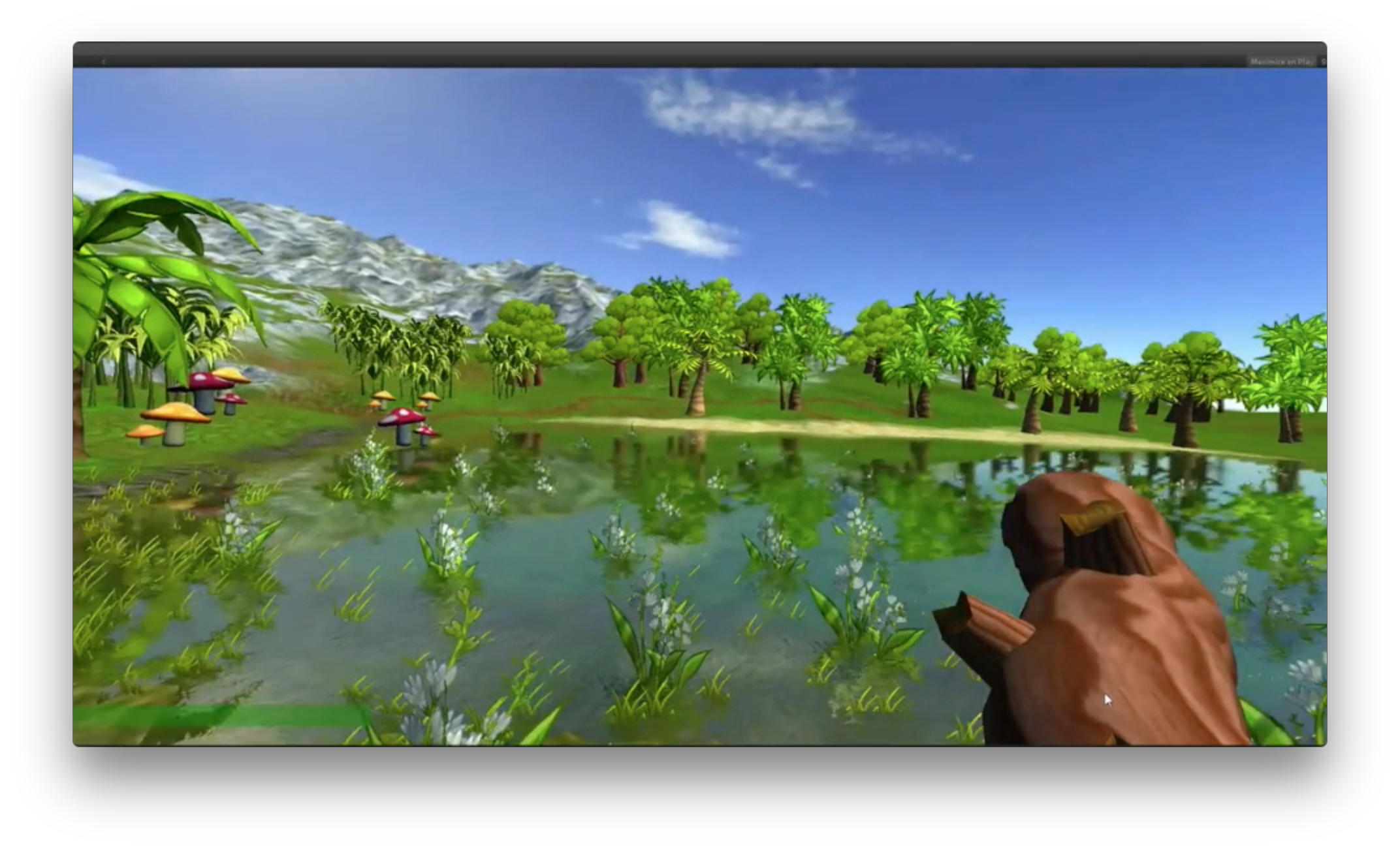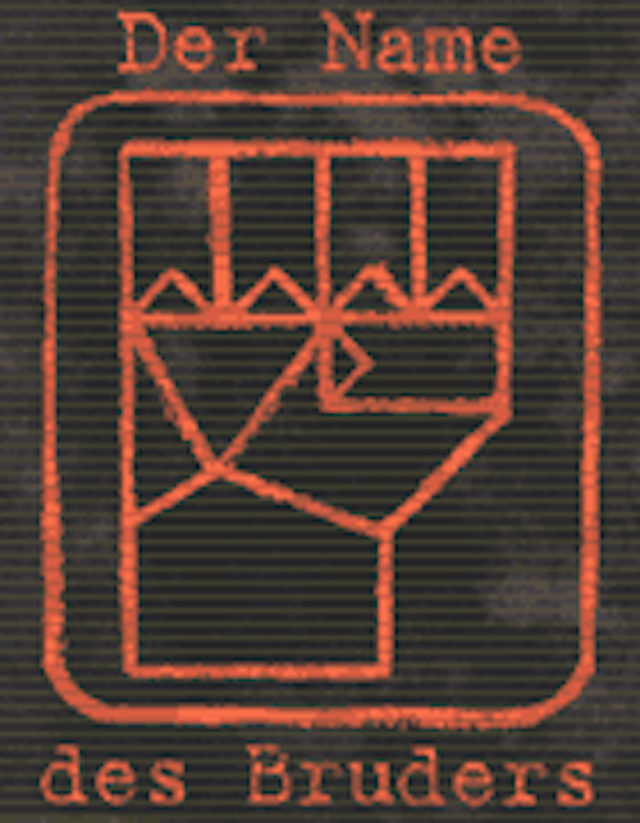


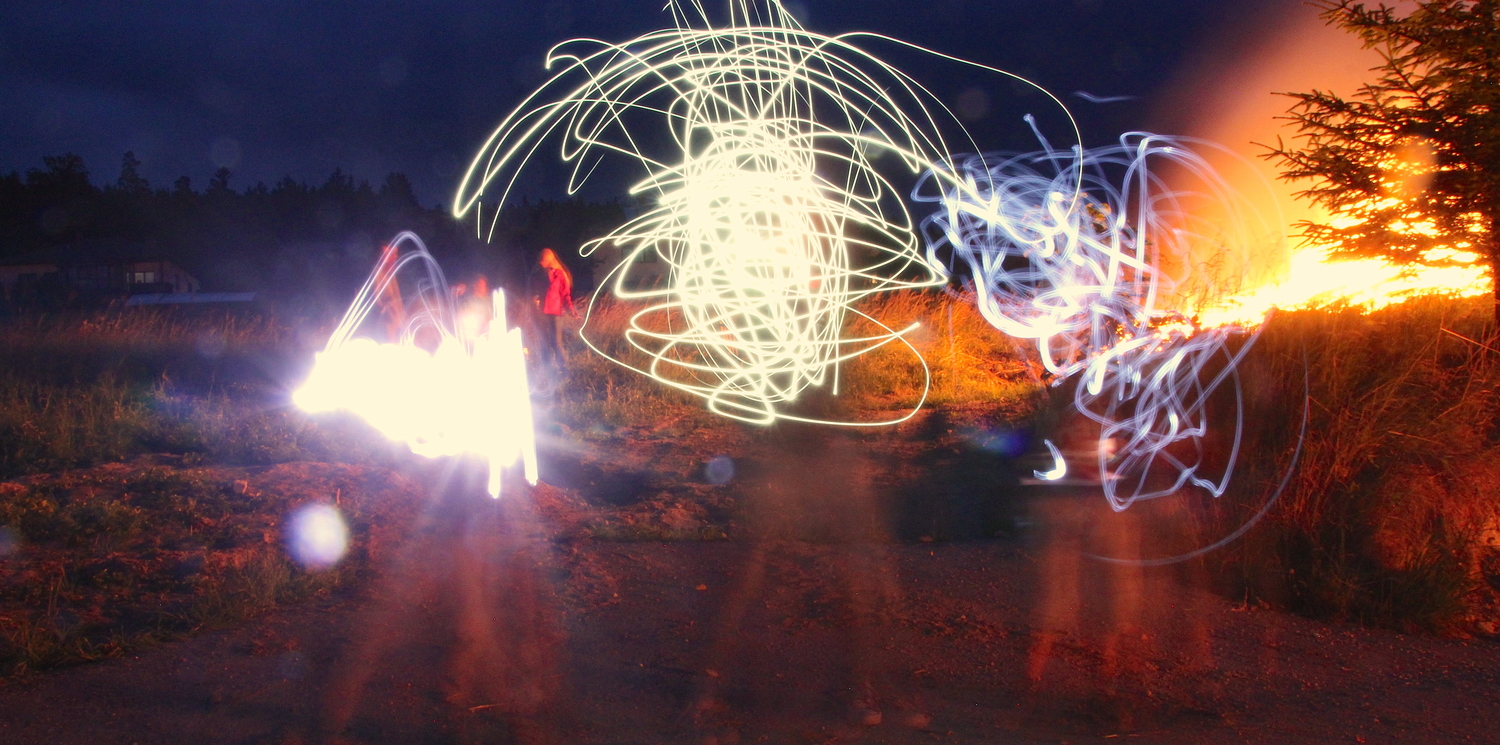








welcome to positive impact games lab
welcome to positive impact games lab
The Positive Impact Games Lab (pig·lab) is part of the Vienna University of Technology's Institute of Design and Assessment of Technology, and complements the institute's focus on human-computer-interaction and user-centred design. Our understanding of the positive impact games space ranges from art and independent games to educational games, games for health, and social impact games.
We regard games as an expressive medium, and we believe in the potential of games to induce and support positive change. pig·lab's activities are situated at the intersection of game design, development and research. We lead and accompany research projects around games, game development and the application of playful technologies. We apply (and develop) flexible design processes which connect the state of the art in game research with current design approaches.
pig·lab ist part of the HCI group at the Institute of Design and Assessment of Technology at the Vienna University of Technology.
⇣
Scroll down to see some of our recent projects.

Sparkling Instruments
Sparkling Instruments
The project Sparkling Instruments deals with the playful design and technical development of digital music instruments. Three groups of secondary school students, among them one girls-only group, start with trying out existing instruments and music games. Then the students create playful possibilities to interact with music in a series of workshops with musicians, game designers and music technology experts, and implement them technically in the form of digital music instruments. A closing public event is organized by the participating school students, where these instruments are presented to the school community and the public. The aim is to bridge the gap between art and technology. In this highly interdisciplinary context, to improve the understanding of new forms of music making is a goal just as increasing interest in STEM subjects such as computer science and physics, which are involved in the construction of digital musical instruments. A special focus is fostering the interest of girls in STEM subjects.

Breaking the Wall
Breaking the Wall
Audience participation allows the audience to influence and shape musical live performances together with the performing artists. The field has a rich history of custom-built instruments and devices, and ways to facilitate collaborative performances. The central research question is “Which new ways of artistic expression emerge in a popular form of music performance when using playful interfaces for audience participation to facilitate interactivity among everybody involved?”
We develop, document and evaluate a series of interfaces and musical performances together with popular music artists, among them Austrian DJ and media artist Electric Indigo.
A tool-set with new interfaces and collaborative digital instruments will be delivered. The project greatly increases the visibility of experimental music performances and audience participation through a large public performance, detailed online documentation, media coverage, and a public symposium at the Ars Electronica Center.

Sparkling Games
Sparkling Games
Sparkling Games is a research project funded by the Sparkling Science program of BMWFW that kicks off in March 2015. Together with our project partners Gerit Götzenbrucker and Vera Schwarz from the Department of Communication at the University of Vienna we will take a detailled look at what you can actually learn by playing games.
Follow our preparations to start this project in March 2015 at the Sparkling Games project page or on our project blog:

YourTurn
YourTurn
We conceptualized and designed YourTurn in the context of a research project funded by the WWFT. The goal was to make a game that bridges rigid friendship circles and allows kids to find friends outside their usual posse.
–› More information about the research project.
–› More Information about YourTurn.

Limb Frenzy
Limb Frenzy
Limb Frenzy was developed by Jürgen Brandstetter in the course of his master thesis at the institut. The game was made for therapeutic use, helping patients who lost a limb by letting them train the use of their future prosthetics. The story of the game lets use a simulated prosthetic arm to act out a transformation from destruction to cleanup to seeding, learning more motor skills with every step. Find more information about Limb Frenzy in Jürgen Brandstetters master thesis.

Lebensnetz
Lebensnetz
Due to steady advances in both disease prevention and treatment our society benefits from a longer life expectancy but also faces new challenges. There is a growing demographic of older adults who despite of the advances made in other fields, still face the risk of cognitive disabilities such as dementia or Alzheimer’s disease.
While there are is no immediate cure for age related loss of cognitive ability, research has shown the preventive potential across several areas of activities, one of which is reminiscence. Reminiscence trains cognitive functions and also generates a feeling of accomplishment and self-worth which also facilitates to stay integrated with society.
In this project, we helped develop »Lebensnetz«, a playful application for older adults about life history, imagination and reminiscence. More information about the Lebensnetz project at lebensnetz.at

Landspotting
Landspotting
In this research project together with IIASA, we designed, (co-) developed and evaluated a number of games to crowdsource the verification of public land-cover information. More information at landspotting.org

SAD project
SAD project
SAD project aka »Surveillance Awareness Database« project is a social media/art project conducted to invoke discourse about the growing dichotomy between the (voluntary) social media overpublishing and (in- voluntary) surveillance of public space with video cameras. While surveillance has been a focus of technology and art projects for some time now, social media overpublishing is still a rather young term that has had little attention from the art scene.
SAD users embark on a tightrope walk between the exposure to privacy intrusion through surveillance cameras and the often inconsiderate neglecting of privacy that can be observed in social media contexts. The software is realized both as a mobile app and as a social media web site. The project plays with different forms of monitoring - external surveillance via CCTVs, the sousveillance potential of mobile phone technologies, and voluntary self-surveillance via social software.
SAD project is part of the Ars Electronica Center's permanent »Out of Control« exhibition.

...and more
...and more
pig·lab was launched in an environment where many other positive impact games were developed over the years. Not all of these projects were developed by later pigLAB members, but all of them motivated and inspired us to realize our ambitions to become serious with serious games. As witnessed by the aesthetics and/or resolution, you will find that some of these games go back into the »stone age« of digital entertainment.
most pictures reveal more infomation when you move your cursor over them.

Contact
Contact
pig·lab is hosted at the Institute of Design and Assessment of Technology at the Faculty of Informatics, Vienna University of Technology.
pig·lab
Institute of Design and Assessment of Technology
Argentinierstraße 8/187
1040 Vienna
Austria
You can reach us at piglab (a) igw.tuwien.ac.at




